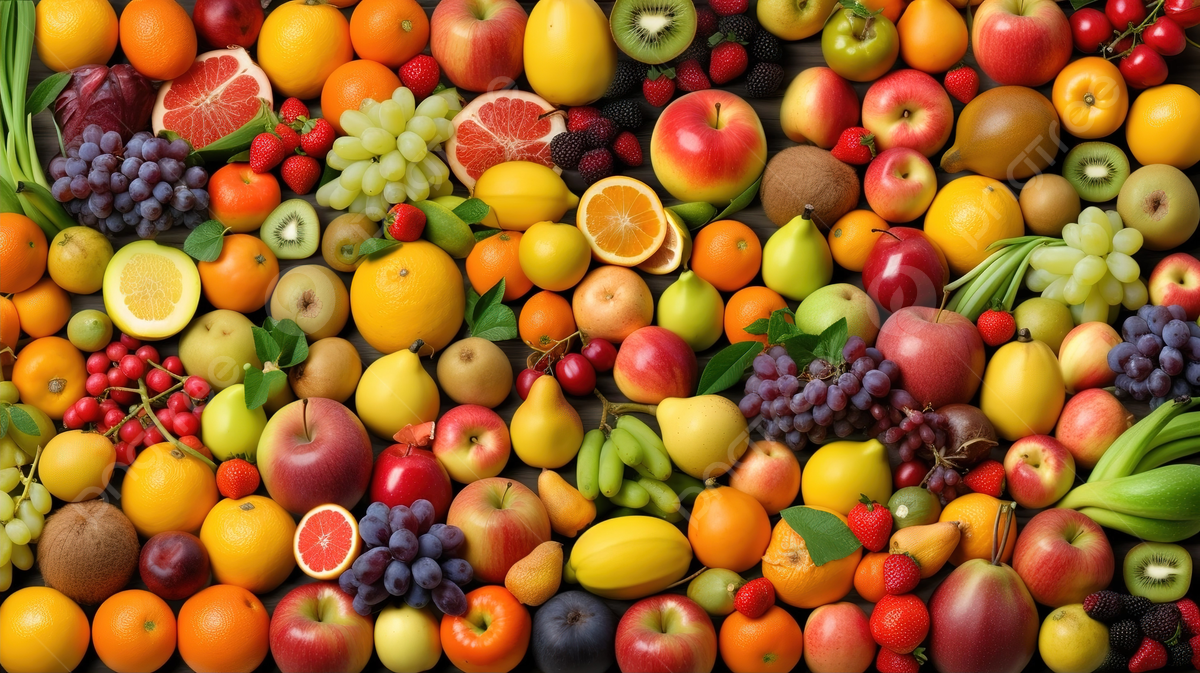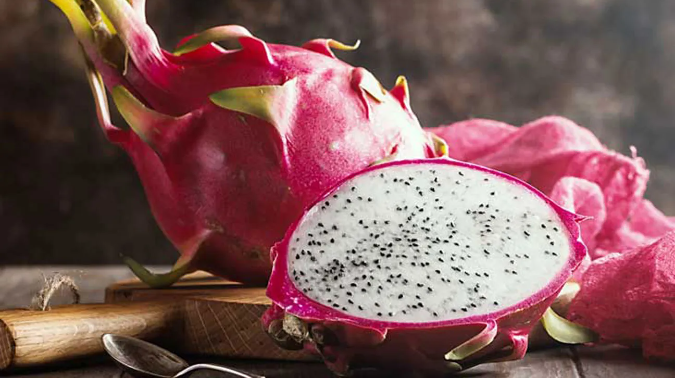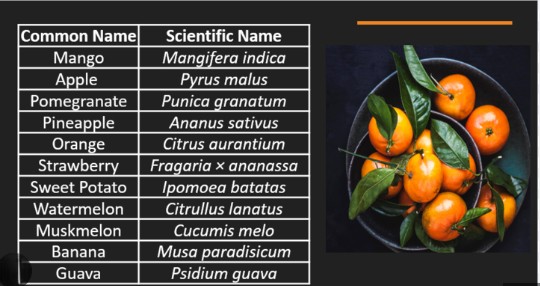
Has anyone ever bitten into a delicious mango and questioned, "Is this the most exciting part of this fruit, or is it the name?" Fruits have an interesting linguistic side beyond their brilliant colors and flavors. Apples and bananas are familiar, but what about the tongue-twisting rambutan or mangosteen? We learn about history, culture, and botany by uncovering fruit names, which are more interesting than supermarket labels.
Imagine discovering a fruit with sunshine-colored flesh like a jagged emerald grenade. This is called what? This quest for names has created a rich tapestry of names around the world, each expressing the fruit's beauty, taste, or cultural significance. The prickly Southeast Asian durian screams of armored dragons, while the simple cranberry whispers of swamps and fallen wealth. These names reveal the fruit's relationship with its growers.
Fruit names are more than fascinating tales. They are fundamental to botany's scientific classification. Fruit names can reveal their origin, migration patterns, and therapeutic capabilities. The scientific term "Mangifera indica" betrays its Indian origins, while "papaya" evokes Papaya, the father of the Carib people.
When you grab a delicious delicacy, don't just devour it. Explore the name's origins. A simple fruit may hold a world of hidden stories, worldwide connections, and surprising scientific insights. This delightful investigation of language, society, and nature goes beyond the "what" and into the "why." Are you ready for this fruitful journey? The first scrumptious page awaits.
The Longest Fruit Name Ever
Hold your tongues, fruit enthusiasts, because the winner of the "longest fruit name ever" crown is none other than the Bob Gordon American elderberry. That's right, a humble berry from Missouri wears the linguistic crown, sporting a whopping 29 characters! (That's longer than a tweet!)
But don't underestimate this champ. This cultivar of the American elderberry (pronounced sam-BYOO-kuhs kan-uh-DEN-sis) wasn't just plucked from thin air. It was named after Bob Gordon, an Iowa nurseryman who discovered a particularly prolific variety back in the 1950s.
So, what makes this berry so special besides its name? First, its origins. Unlike its wild cousins, the Bob Gordon thrives in colder climates, boasting clusters of dark purple berries that ripen in late summer. These sweet-tart gems are packed with antioxidants and vitamins, making them a favorite for jams, pies, and even wine.
But beware; pronunciation pitfalls lurk ahead! Here's a phonetic breakdown for this tongue twister:
Bob Gordon American elderberry -(bahb gohr-duhn uh-MER-i-kuhn ehl-der-ber-ee)
Remember, the "b" is silent, the "e" in "American" is short, and the "berry" rhymes with "merry." Now, go forth and impress your friends with your newfound berry-naming prowess!
Just one more thing: while Bob Gordon might hold the official title, the world of fruits offers a treasure trove of other tongue-twisters. From the rambutan (ram-boo-tan) to the kiwifruit (KEE-wee-fruit), the fruit kingdom is a playground for linguistic adventurers. So keep exploring, keep tasting, and keep your tongue in training!
Why Do Some Fruits Have Long Names?
The world of fruits isn't just a symphony of flavors and textures; it's a vibrant bazaar of names, some so short they're like playful chirps (kiwi!), others stretching and contorting like exotic vines (mangosteen!). But why, oh why, do some fruits wear such cumbersome monikers? Dive deeper, and you'll find a fascinating tapestry of reasons, woven from threads of language, history, and culture.
Firstly, consider the linguistic landscape. Languages, like gardens, evolve and blossom, borrowing words from neighbors and forging new ones from existing roots. The "Bob Gordon American elderberry," for example, is a patchwork quilt of references. "Bob" whispers of a humble inventor, "American" declares its origin, and "elderberry" connects it to its wild, simpler relative. Each layer tells a story, like a family tree traced back through leaves of words.
Then there's the echo of history. Some names, like "guava" and "carambola," whisper of colonial journeys, carrying the imprint of Portuguese and Spanish explorers who brought these tropical treasures to Europe. The name "breadfruit," despite its deceptively plain taste, speaks of its historical role as a source of sustenance for enslaved people in the Caribbean. Fruit names become markers on the map of human migration, each syllable a stepping stone across continents.
But beyond history, culture paints its own vibrant hues. The "rambutan," with its spiky, hair-like crown, whispers of mythical dragons in Southeast Asia. The "mangosteen," with its queenly purple cloak, evokes royalty and luxury. These names reflect not just appearance but also the deep-seated associations cultures weave with these fruits. They're woven into folklore, rituals, and even cuisine; each bite is a taste of a unique cultural tapestry.
Finally, don't forget the fruit itself. "Durian," with its intimidating armor and pungent aroma, earns its fearsome name through sheer sensory force. The "langsat," with its jewel-like segments and delicate sweetness, whispers of elegance in its Malay name. Names become mirrors, reflecting the essence of the fruit, its personality writ in syllables.
Comparing Long Fruit Names With Common Fruits
In the vibrant fruit kingdom, names reign as diverse as the flavors themselves. On one side, we have humble "apple" and playful "kiwi," monosyllabic champions of brevity. On the other hand, tongue-twisting titans like the "Bob Gordon American elderberry" wear their length like a crown. But what lies beneath the surface of these contrasting monikers? Let's dive into a juicy comparison and explore the naming conventions that define both common and long-winded fruit names.
- Simplicity vs. Specificity -Common fruits often flaunt short, descriptive names. "Orange" screams its citrusy hue, while "banana" hints at its curved form. These names are quick, efficient, and instantly recognizable, reflecting their long familiarity in our cultural lexicon. In contrast, the Bob Gordon elderberry's lengthy title paints a detailed picture. It specifies the cultivar, origin, and even lineage, like a mini-biography in every bite.
- Cultural Canvas -Common fruits often wear names borrowed from across cultures and languages. "Mango" whispers of Portuguese colonial journeys, while "lime" echoes Arabic and Persian influences. These names reflect the global spread of these fruits, each syllable a testament to their intercontinental voyage. Longer names, however, can be more localized. The rambutan's name, derived from Malay words for "hair" and "spindle," reflects its specific Southeast Asian heritage, whispering tales of local folklore and culinary traditions.
- Descriptive Delights -While common names prioritize simplicity, longer ones sometimes indulge in vivid descriptiveness. The durian, notorious for its pungent aroma, earns its name from Malay words meaning "thorny" and "stinky," offering a no-nonsense warning at first glance. Similarly, the mangosteen, known for its queenly purple rind, gets its name from a Malay phrase meaning "queen of fruits," reflecting its esteemed status in Southeast Asian cultures.
- Evolving Etymology -Common names, honed by centuries of use, tend to have stable etymologies. "Strawberry," for example, likely comes from its resemblance to scattered straw. Yet, longer names may be more fluid, reflecting adaptations and innovations. The Bob Gordon elderberry, named after its discoverer, is a testament to ongoing cultivar naming practices, while the kiwifruit, initially called "Chinese gooseberry," underwent a playful rebranding for export markets.
The Science Behind Naming Fruits
Behind the juicy flesh and vibrant colors of fruits lies a hidden realm—the world of scientific taxonomy. Here, fruits shed their playful nicknames and don the precise robes of Latin binomial names, revealing their lineage and relationships within the plant kingdom. But how exactly do these scientific names emerge, and what separates them from the common names we all know and love? Let's embark on a botanical adventure and uncover the science behind naming fruits!
- From Orchard to Order -Scientific classification thrives on order and precision. Fruits are first classified into broad groups like families and genera based on shared characteristics like flower structure, seed arrangement, and fruit types. Each genus then houses individual species, distinguished by finer details like leaf shape, growth patterns, and, yes, even fruit characteristics.
- Unmasking the Latin Linchpins -Now, buckle up for some Latin magic! Each species in the taxonomic hierarchy receives a unique binomial name. The first word, the genus name, is always capitalized and reflects the broader family grouping. The second word, the species epithet, describes a specific characteristic of that particular species, often highlighting its appearance, origin, or discoverer. For example, the humble apple, known as "Malus domestica," belongs to the genus Malus (apple trees) and the species domestica (meaning "domesticated").
- More Than Just Monikers -Unlike the colorful, sometimes whimsical common names ("starfruit," anyone?), scientific names are serious business. They provide a universal language for scientists and researchers across the globe, regardless of their native tongue. These precise labels eliminate confusion and ambiguity, ensuring everyone is referring to the same fruit, even if its common name varies wildly across cultures.
- A Balancing Act -There's a beautiful dance between common and scientific names. Common names, rooted in local languages and cultural associations, add a touch of whimsy and familiarity. They connect us to the fruit on a personal level, evoking memories, stories, and culinary traditions. Scientific names, on the other hand, offer rigor and clarity. They allow scientists to accurately classify and identify fruits, unraveling their evolutionary relationships and facilitating research and conservation efforts.
How Fruit Names Influence Culinary Trends
Fruit names aren't just labels; they're whispered promises of adventure, bursts of flavor, and a taste of the unknown. In the culinary world, a well-chosen fruit name can spark curiosity, influence trends, and even drive marketing strategies. Let's delve into the juicy intersection of linguistics and gastronomy, exploring how fruit names become powerful tools for shaping our palates and culinary experiences.
- The Sizzle of the Unfamiliar -Imagine encountering a fruit named "mangosteen." The name itself conjures images of tropical jungles, exotic flavors, and perhaps even royalty (it's nicknamed the "Queen of Fruits" in Southeast Asia). This mystique and unfamiliarity pique our curiosity, making us eager to try this mysterious fruit and unlock its secrets. This is precisely how the mangosteen, once confined to Southeast Asia, gained popularity in the West. Its alluring name paved the way for its culinary integration into desserts, smoothies, and even cocktails, adding a touch of the exotic to our plates.
- The Power of Alliteration -Food trends often hinge on catchy names and clever marketing. Take the humble durian, for example. While its pungent aroma might not be for everyone, its name—with its playful alliteration and rhythmic syllables—sticks in your mind, even if you haven't yet encountered the fruit itself. This name recognition, coupled with strategic marketing campaigns highlighting its nutritional benefits and unique flavor profile, has helped durian gain traction in recent years, even inspiring durian-flavored ice cream and chips!
- A Storytelling Strategy -Fruit names can also be potent storytelling tools. The evocative "blood orange," with its crimson flesh and hint of citrus, paints a picture of vibrant sunsets and Mediterranean groves. This association with romance and luxury has propelled the blood orange beyond the fruit bowl, finding its way into gourmet salads, cocktails, and even marmalade, adding a touch of drama and sophistication to the culinary experience.
- Beyond the Hype -It's important to note that not all exotic fruit names translate into lasting culinary trends. The rambutan, with its spiky exterior and sweet-tart flesh, might initially grab attention with its playful name, but its niche flavor profile and labor-intensive preparation may limit its mainstream appeal.
Ultimately, the success of a fruit, exotic or familiar, depends on a delicate balance between name, flavor, accessibility, and cultural context. A catchy name can open doors, but it's the intrinsic qualities of the fruit itself that determine its place on our plates and in our culinary hearts.
Conclusion
The world of fruit names is far from just a colorful garnish on our plates. From the tongue-twisting champions like "Bob Gordon American elderberry" to the playful nicknames like "kiwi," each name whispers a story. These stories bind us to history and culture, reflecting how fruits have migrated, evolved, and become woven into the tapestry of human experience.
By delving into the science behind scientific names, we unlock the intricate family trees of these delicious morsels, while exploring common names reveals the playful, culturally-infused language we use to interact with them. And finally, when we consider the role of fruit names in culinary trends, we witness how these labels dance between marketing magic and storytelling, enticing us to embark on flavorful explorations of the unknown.
So, the next time you savor a juicy bite, remember: the name on the peel is just the first chapter in a fruit's fascinating story. Let your curiosity blossom, delve deeper, and uncover the hidden worlds of language, history, and culture that lie beneath the surface of every delicious bite.


